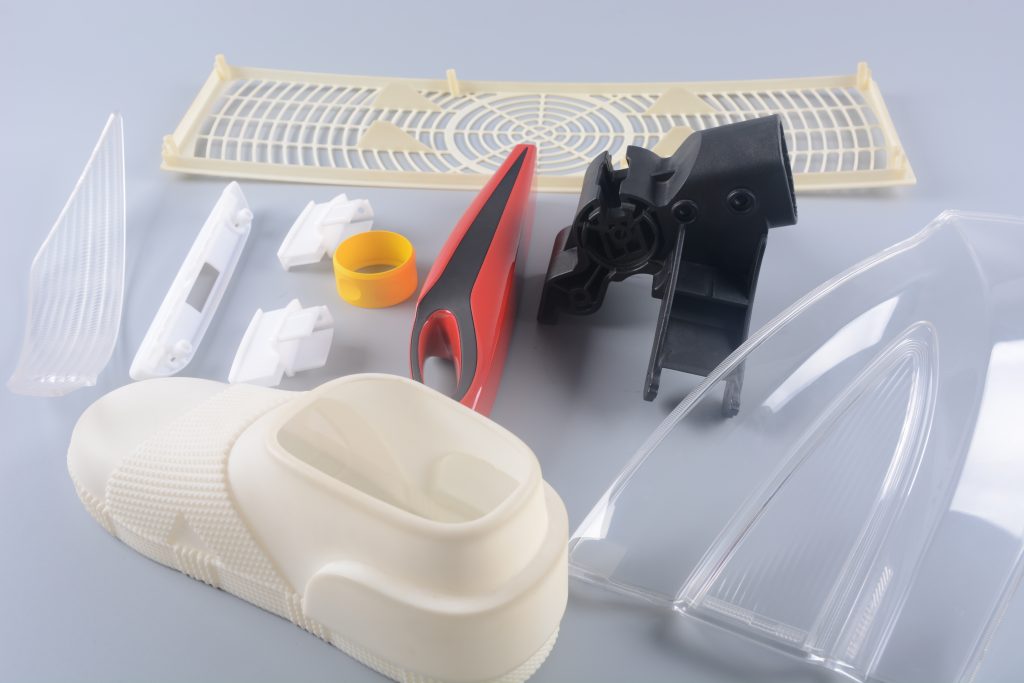Heat-resistant plastics play a vital role in industries where materials must withstand high temperatures without compromising performance. This guide explores four leading heat-resistant plastics, their properties, and applications to help you choose the best material for your needs.

Amorphous plastics lack a defined crystalline structure, which gives them unique properties such as transparency and ease of molding. They generally exhibit good thermal stability and are suitable for applications requiring clarity and impact resistance.
Semicrystalline plastics have a structured molecular arrangement with both crystalline and amorphous regions. They tend to offer higher strength, stiffness, and heat resistance compared to amorphous plastics. Their crystalline structure provides enhanced thermal stability and chemical resistance.
Heat-resistant plastics are characterized by their ability to maintain mechanical properties at elevated temperatures. Key factors include:
Properties: Exceptional mechanical strength, chemical resistance, and heat resistance up to 250°C (482°F).
Applications: Aerospace components, automotive parts, medical devices, and electronics.
Properties: Outstanding chemical resistance, low friction coefficient, and heat resistance up to 260°C (500°F).
Applications: Seals, gaskets, bearings, and electrical insulation.
Properties: High mechanical strength, excellent dimensional stability, and heat resistance up to 260°C (500°F).
Applications: Aircraft components, automotive under-the-hood parts, and semiconductor manufacturing.
Properties: High chemical resistance, dimensional stability, and heat resistance up to 240°C (464°F).
Applications: Electrical components, automotive parts, industrial equipment, and aerospace.
The choice of the best heat-resistant material depends on specific application requirements such as temperature resistance, mechanical strength, chemical compatibility, and regulatory considerations. PEEK is often preferred for its overall balance of properties, including excellent mechanical strength and chemical resistance. However, PTFE is ideal for applications requiring low friction and high chemical inertness, while PAI and PPS excel in demanding environments where thermal stability and dimensional accuracy are critical.
For expert guidance on selecting the right heat-resistant plastic for your project, Proto MFG offers comprehensive resources and custom manufacturing solutions tailored to your needs. Visit their website for more information on material specifications and application insights.
Understanding the distinctions between these top heat-resistant plastics will empower you to make informed decisions that optimize performance and durability in high-temperature environments.